2 likes
I just found out google has provided a javascript library that allows for easy insertion of 3D models into webpages. no watermark and a transparent background by default. for anyone interested: https://modelviewer.dev/
6 likes
2 likes
2 likes
1 like
1 like

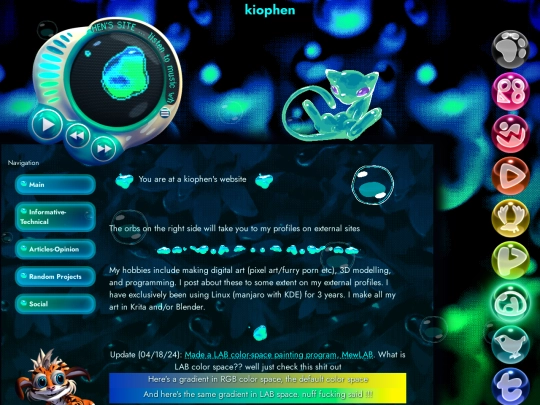
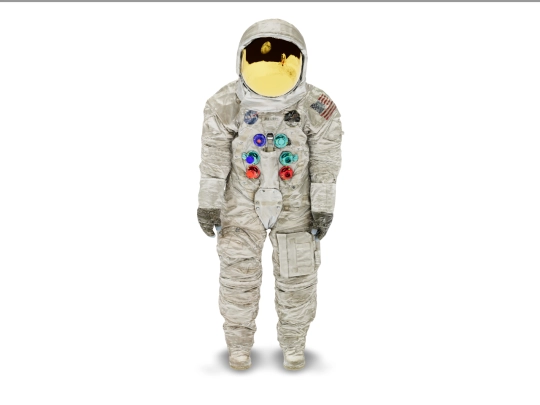
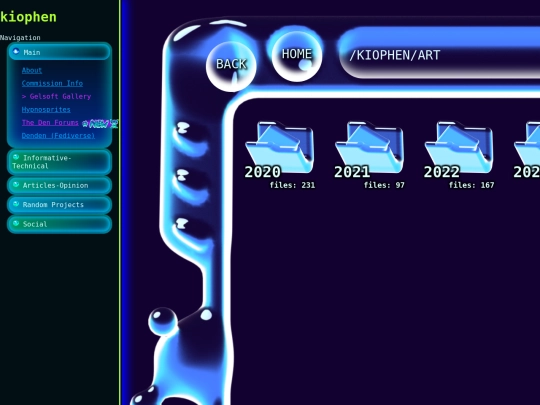
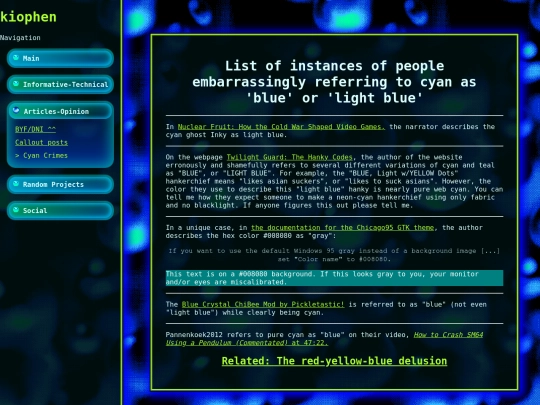




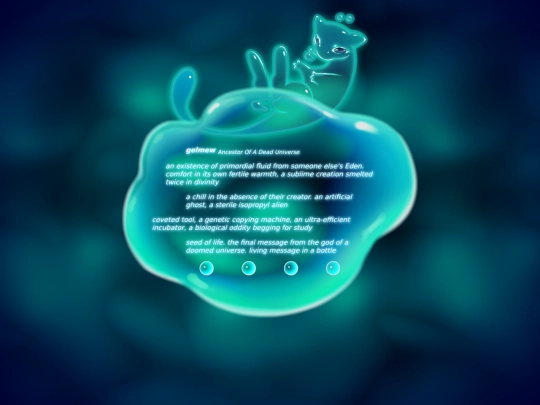

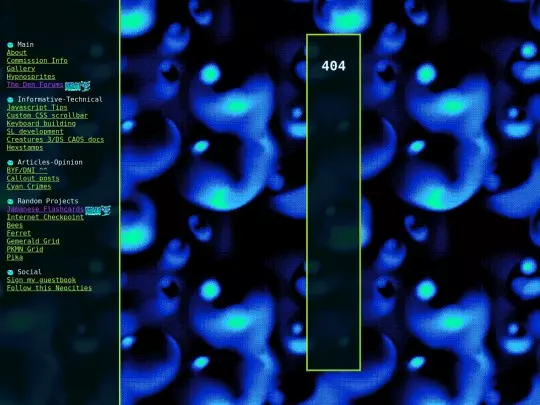






















































































































































































Google Based?